Expressing mission and identity through art
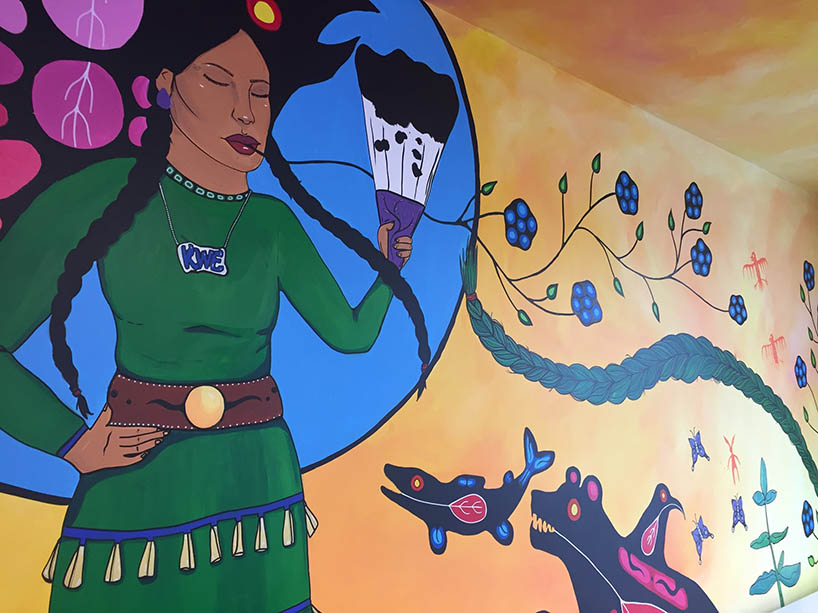
A mural by artist Chief Lady Bird, entitled “Vitality” is on display in the Interdisciplinary Graduate Student Space in the Daphne Cockwell Health Sciences Complex.
When you walk through campus, what do you notice? Maybe you see the sun shining off of the windows of the SLC or hear the hustle and bustle of Yonge and Dundas. These signifiers are not only unique to our university, but also play a role in determining what our identity as an institution is.
Public artwork, like murals and sculptures, can also be an expression of the mission and identity of a community. At Ryerson, Indigenous public artworks in particular are becoming a core facet of the university’s visual identity.
In response to Canada’s Truth and Reconciliation Commission report in 2018, the university committed to increasing Indigenous placemaking as part of the long-planned campus redevelopment and improvement. Since then, many Indigenous artworks for the public realm have been commissioned that may help to promote greater awareness of Indigenous rights, histories and perspectives within the curriculum, and the culture within communities.
The Ring, located at the Gould and Nelson Mandela Walk intersection, Nadya Kwandibens’ photography installation at the entrance of the University Library and the First Nations Immersive Space in the RAC, are some of the latest Indigenous public art additions on campus.
Michael Mihalicz, Indigenous advisor, Office of the Dean, Ted Rogers School of Management, says that space transformation and public art initiatives are important parts of the university’s commitment to making campus more welcoming for Indigenous community members.
“Physical space transformation is a way for us to honour the history of this land, those who came before and those still here today,” Mihalicz says. “There is a significant educational aspect to these initiatives grounded in principles of mutual accountability and co-learning that seeks to counter the narrative that mainstream worldviews and approaches to knowledge creation are superior to alternative ways of knowing and being.”
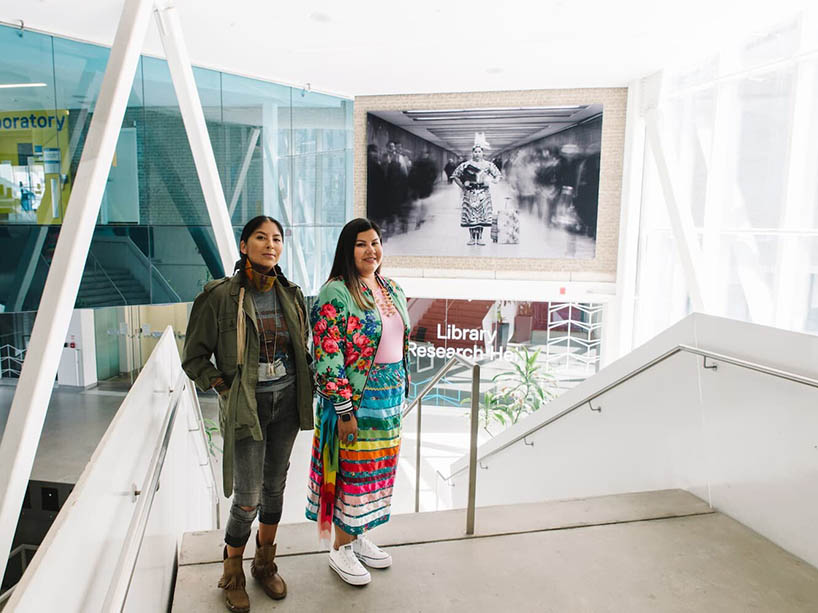
Dancer Tee Lyn Duke was photographed by artist Nadya Kwandibens inside a Toronto subway station to represent contemporary Indigenous identity. The photo is now on display at the west entrance to the University Library. Above, Kwandibens (left) and Duke stand in front of the photo. Photo by Stef & Ethan.
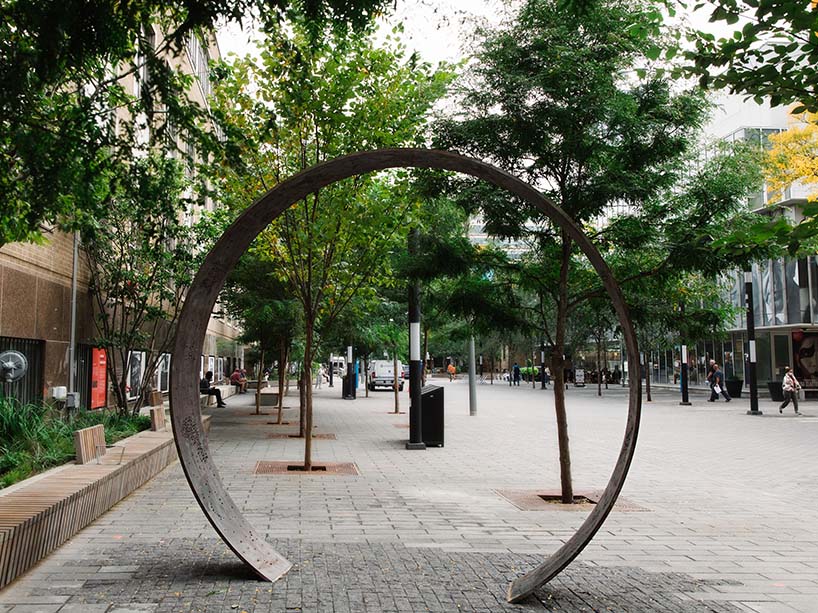
The Ring, installed just east of the Gould Street and Nelson Mandela Walk intersection last September, honours the Dish With One Spoon Territory, the land on which the university is built. Photo by Hannah Kiviranta
Public art reflects university’s values and diversity
Installing and commissioning artwork in public spaces involves extensive consultation and collaboration with the Ryerson community. In this way, the art acts as a collective and ongoing expression of the community, not just as the singular creative expression of an individual artist. As Mihalicz says, a holistic consultative approach to public art and space transformation initiatives is key and must be centred on building and strengthening relationships with Indigenous peoples, both within the university and beyond.
“We always start these initiatives by forming an advisory circle that includes Indigenous students, staff and faculty as well as Elders and Knowledge Keepers,” he says. “The goal of these advisory circles is to help with visioning and to establish principles that will guide the development of the project. This is important to ensure these initiatives are Indigenous-led and that they align with community needs.”
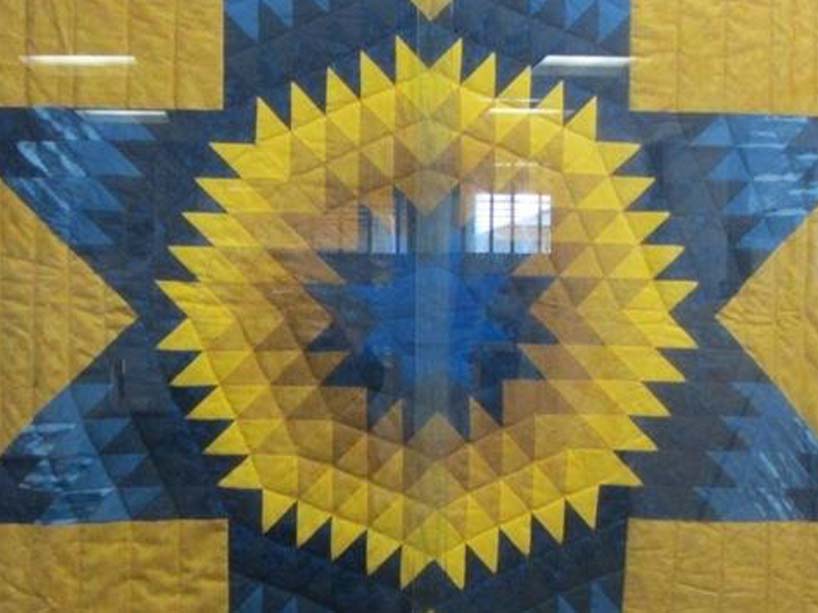
In 2010, the Aboriginal Education Council gifted the university a Star Blanket to mark the beginning of a new relationship between Ryerson and the Aboriginal community of Toronto. It is now displayed in Jorgenson Hall.
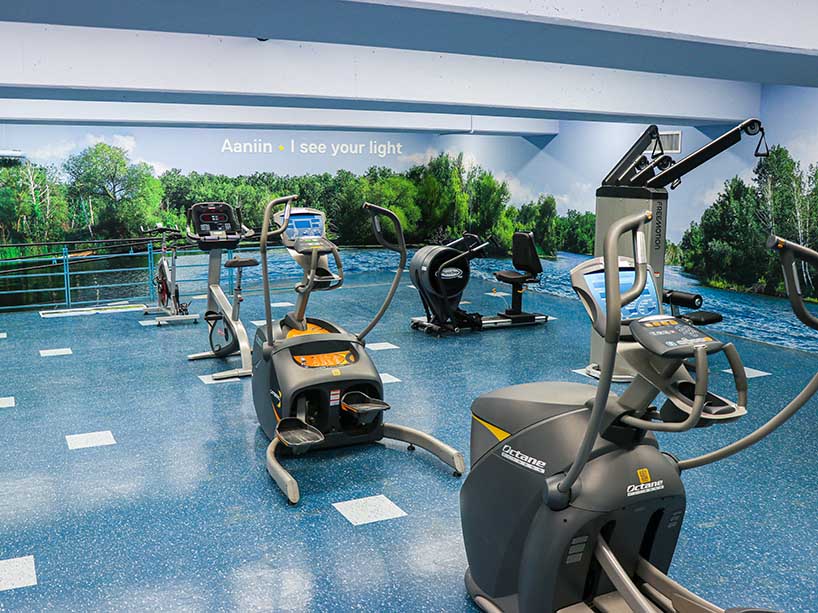
This past fall, the RAC re-opened with a new immersive space dedicated to local Indigenous history.
Further, the development of public art places significant importance on how the art is made, where it is located and what it means to the community. The university has recently struck a public art committee that will provide advice and guidance on matters involving public art on campus.
“Public art can ground you and add to your sense of shared investment in the ongoing enterprise of the school, which you are forever a part of, but which goes on without you when you leave,” says Paul Roth, director of the Ryerson Image Centre (external link) and chair of the university’s public art committee. “And, when they are memorable, public artworks can be an important part of your daily experience: giving you a wayfinder, a place to meet your fellow students, beauty to brighten your day, and something to remember the place by.”
That said, Roth argues there is a common misconception that public art consists only of statues of famous people that monumentalize and memorialize past achievements. “Art can play a vital, expressive, and even representative role in public space. In doing so, artworks can bring attention not only to the past, but to the present,” he says. “They celebrate not just what we remember, what made us who we are, but also the values and preoccupations held within a community today.”
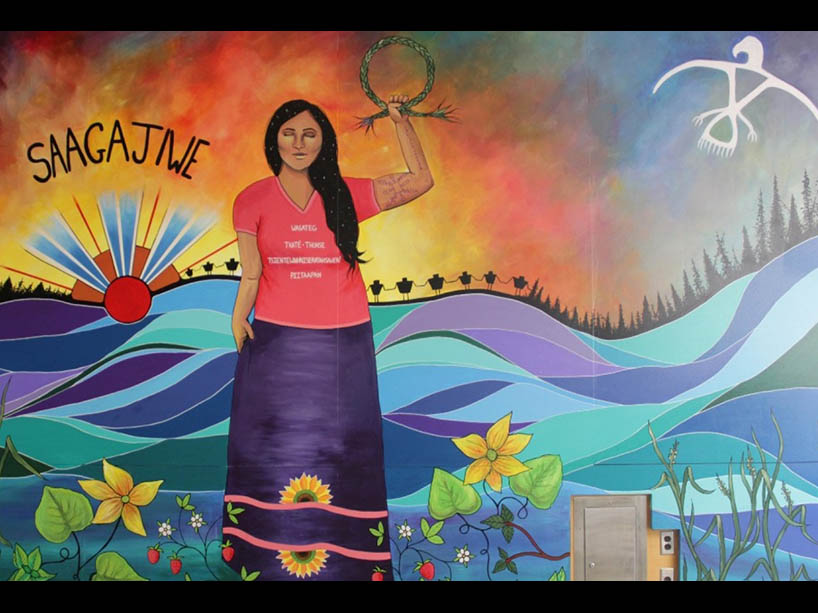
In 2018, a mural painted by Indigenous artists Mo Thunder, Animikiik'otcii Maakaai, and Edan Maxam was unveiled in celebration of the new Saagajiwe space, a transdisciplinary Indigenous centre for research and creation at The Creative School, located on the second floor of the Rogers Communications Centre.
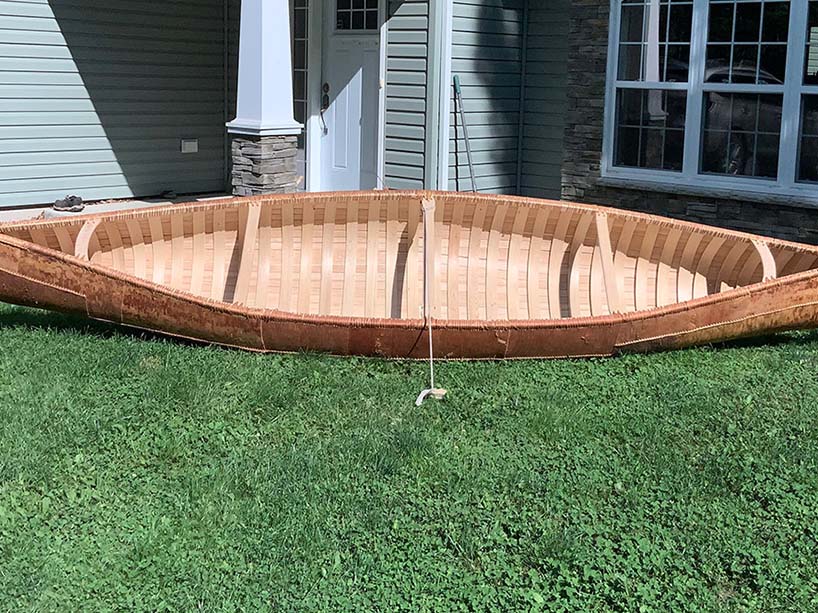
TRSM has commissioned a birch bark canoe as a way to honour the role that Indigenous entrepreneurs have played in shaping Canada’s economic history. The canoe will be installed on campus in the near future. Photo credit: Todd and Melissa Labrador.
Plans for the future
New Indigenous public artworks will be unveiled on campus later this year. The university public art committee has partnered with the Wapatah Centre for Indigenous Visual Knowledge (external link) to commission a collaborative mural addressing the fragility of environments and habitats facing climate change. This mural will be created by Indigenous Elders and emerging artists from the Arctic and Amazon regions and be located on the southwest corner of Kerr Hall.
“The goal of the committee is to seek out opportunities for art that make Ryerson a more welcoming, inclusive, and thoughtful place for our students and other community members,” says Roth. “[Through art], we want the daily life of our campus and our people to shine through. If the art communicates in a way that always feels present, it can enliven the place and the people, and help the university appear as vital, changing and diverse as it actually is.”
Related stories: